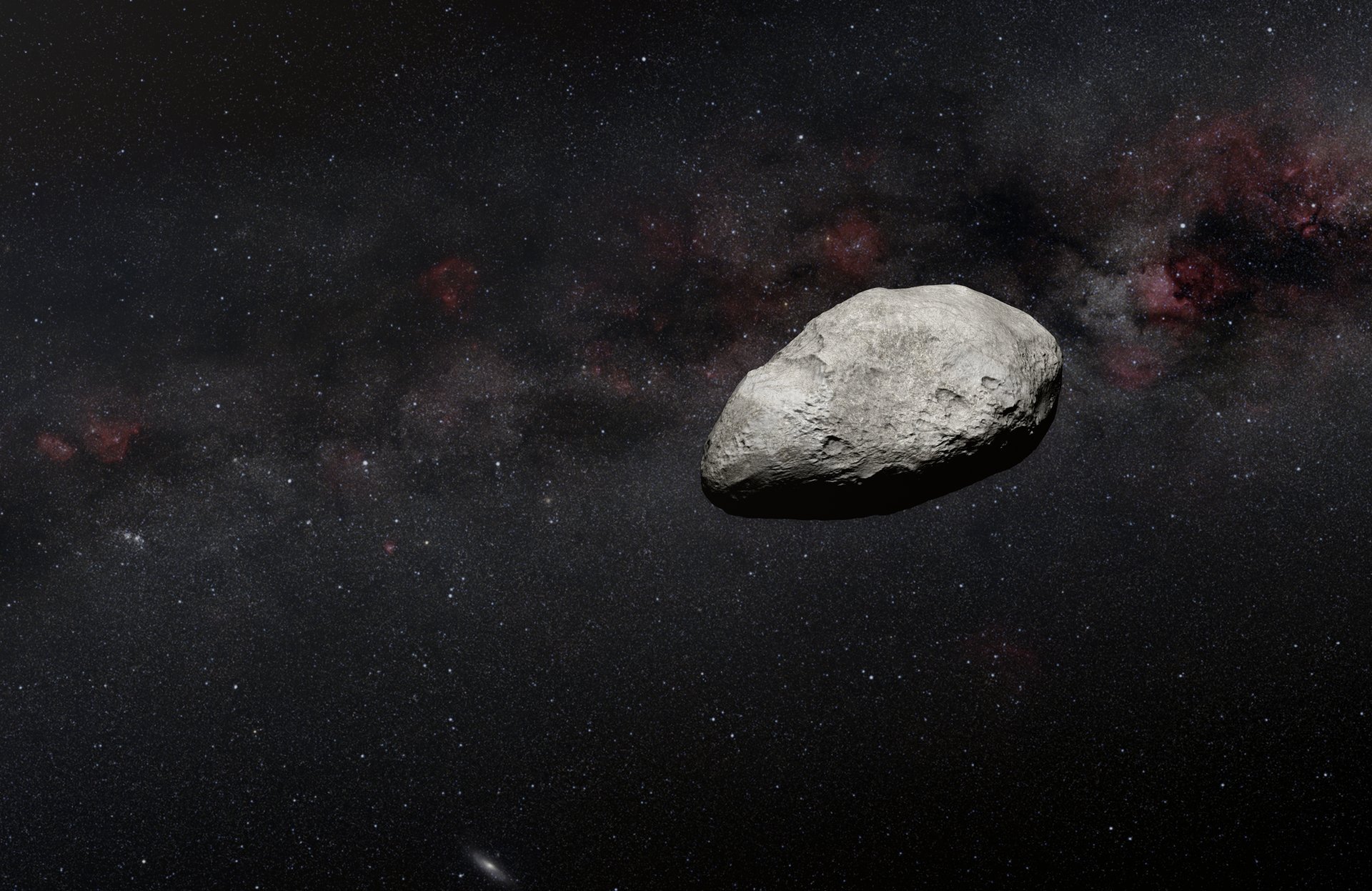Science
Earth Faces First Real-Life Defense Test with Asteroid 2024 YR4

On January 27, 2025, the discovery of asteroid 2024 YR4 marked a significant moment in planetary defense history, as it became the first asteroid to undergo a real-life defense test. Discovered on December 27, 2024, by the ATLAS survey, this asteroid initially presented an increased risk of impact, prompting a comprehensive scientific response that included international collaboration and heightened observation.
A new paper authored by Maxime Devogèle from the European Space Agency’s (ESA) Near Earth Object (NEO) Coordination Centre details the processes involved in monitoring and assessing asteroid 2024 YR4. The paper highlights the classification, escalation, scientific response, and eventual de-escalation of the asteroid’s threat level over the following months.
Understanding the Torino Scale and 2024 YR4’s Assessment
The Torino Scale, which categorizes the potential threat of asteroid impacts, was a key focus of this analysis. Developed by Dr. Richard Binzel of MIT in 1995 and updated in 1999, the scale classifies threats from 0 (no hazard) to 10 (certain collision). Initially, 2024 YR4 was rated as a level 1, indicating a normal classification where impact was deemed “extremely unlikely.” However, due to subsequent observations, its rating escalated to a level 3, indicating a greater than 1% chance of localized destruction by February 18, 2025.
This rise in the threat level was unprecedented for a newly discovered asteroid. For context, the well-known asteroid Apophis reached a level 4 on the Torino Scale in 2004, but it was classified as a more significant threat due to its larger size and potential for regional devastation. The unique trajectory of 2024 YR4 allowed it to become the first to officially trigger the International Asteroid Warning Network, established in 2014.
Scientific Response and Public Engagement
As the threat level increased, the scientific community mobilized resources and attention towards 2024 YR4. Notably, this included access to powerful telescopes like the Catalina Sky Survey, Gran Telescopio Canarias, and the Very Large Telescope. The enhanced scrutiny revealed critical characteristics of the asteroid, such as its rapid rotation period of just 19.5 minutes, distinguishing it from typical “rubble pile” asteroids.
By early March 2025, the collaborative efforts clarified many of the asteroid’s features, leading to a reduction in its perceived threat to Earth. Despite this, the potential for impact with the Moon increased, with estimates suggesting a ~4% chance of collision in 2032. Such an event could result in significant destruction to satellites in orbit due to the debris cloud generated.
The response to 2024 YR4 demonstrates the effectiveness of established protocols in planetary defense. Although the immediate threat diminished, the experience gained from this scenario is invaluable for future encounters with potentially hazardous asteroids.
As the planetary defense community reflects on this event, it emphasizes the importance of preparedness and scientific collaboration. The hope is that, should a real threat emerge, the response will be more effective than the fictional portrayals seen in films like Deep Impact or Armageddon. The ongoing efforts in monitoring and understanding near-Earth objects remain critical to safeguarding our planet.
-

 Science4 weeks ago
Science4 weeks agoInterstellar Object 3I/ATLAS Emits Unique Metal Alloy, Says Scientist
-

 Science1 month ago
Science1 month agoResearchers Achieve Fastest Genome Sequencing in Under Four Hours
-

 Politics1 month ago
Politics1 month agoAfghan Refugee Detained by ICE After Asylum Hearing in New York
-

 Business1 month ago
Business1 month agoIconic Sand Dollar Social Club Listed for $3 Million in Folly Beach
-

 Health1 month ago
Health1 month agoPeptilogics Secures $78 Million to Combat Prosthetic Joint Infections
-

 Business1 month ago
Business1 month agoMcEwen Inc. Secures Tartan Lake Gold Mine Through Acquisition
-

 Lifestyle1 month ago
Lifestyle1 month agoJump for Good: San Clemente Pier Fundraiser Allows Legal Leaps
-

 Science1 month ago
Science1 month agoMars Observed: Detailed Imaging Reveals Dust Avalanche Dynamics
-

 Health1 month ago
Health1 month agoResearcher Uncovers Zika Virus Pathway to Placenta Using Nanotubes
-

 World1 month ago
World1 month agoUS Passport Ranks Drop Out of Top 10 for First Time Ever
-

 Entertainment1 month ago
Entertainment1 month agoJennifer Lopez Addresses A-Rod Split in Candid Interview
-

 Business1 month ago
Business1 month agoSan Jose High-Rise Faces Foreclosure Over $182.5 Million Loan









